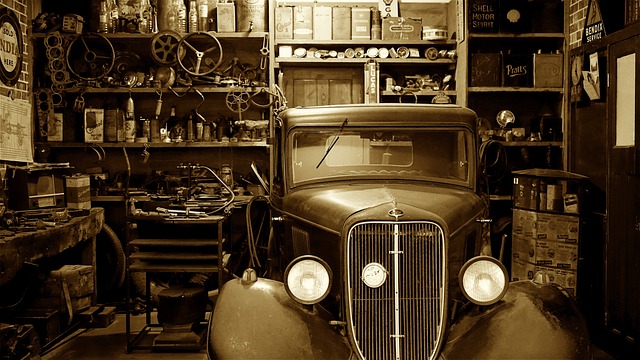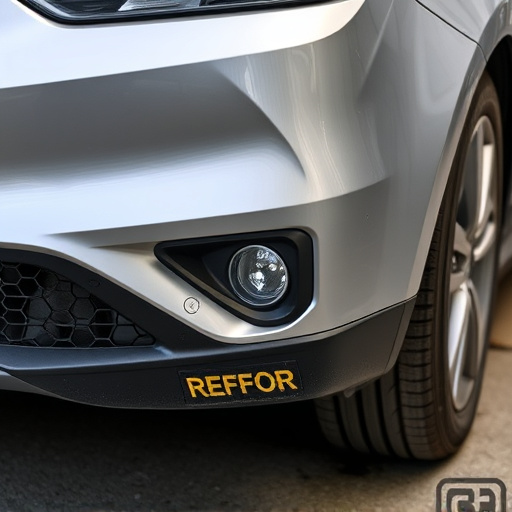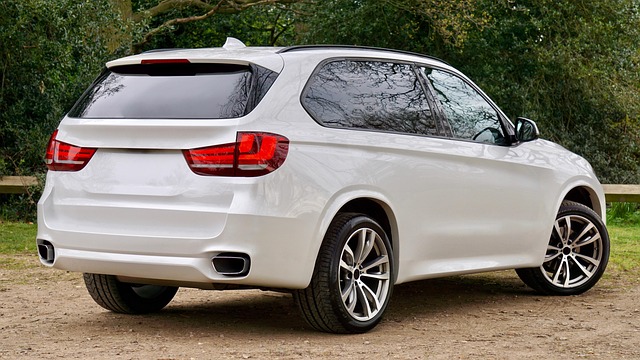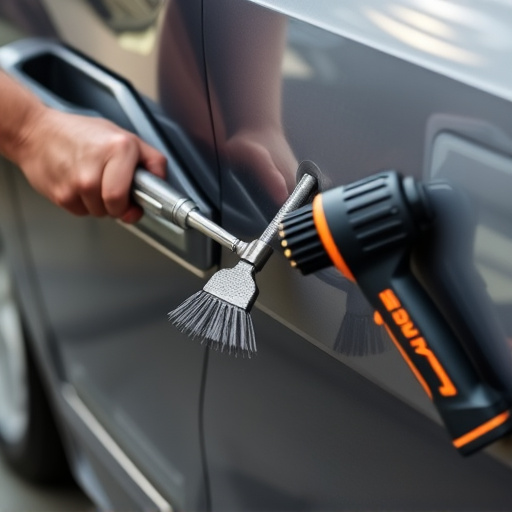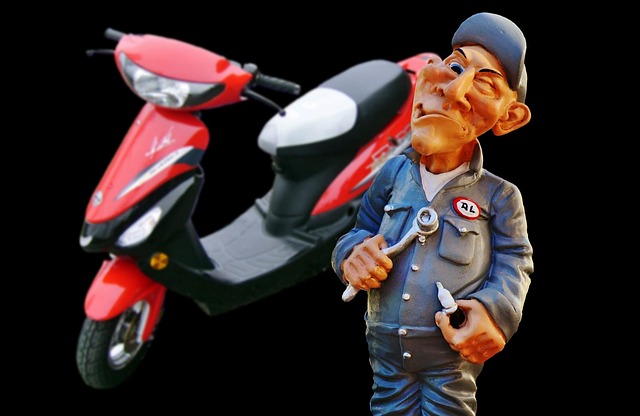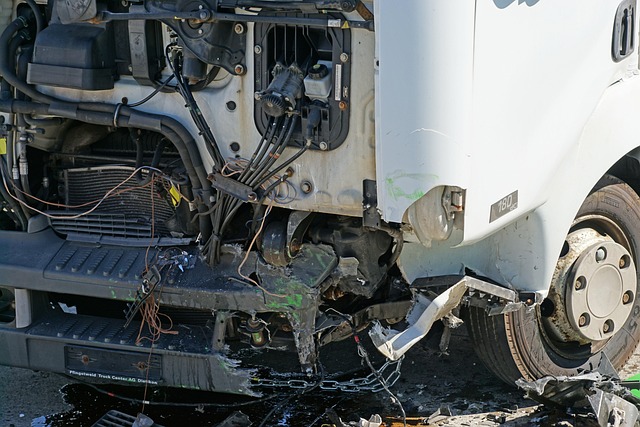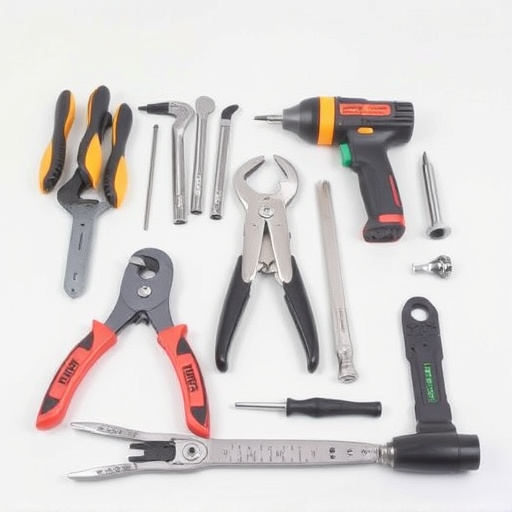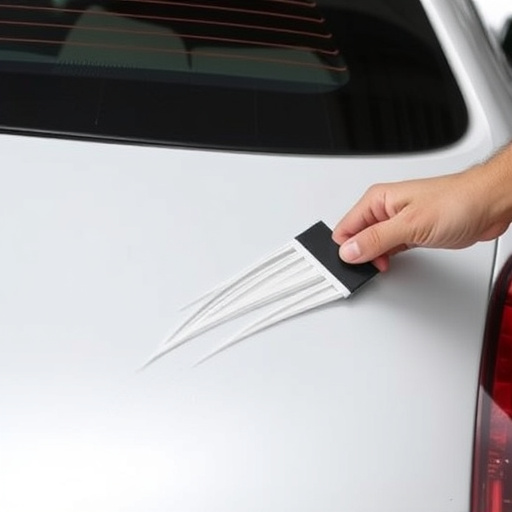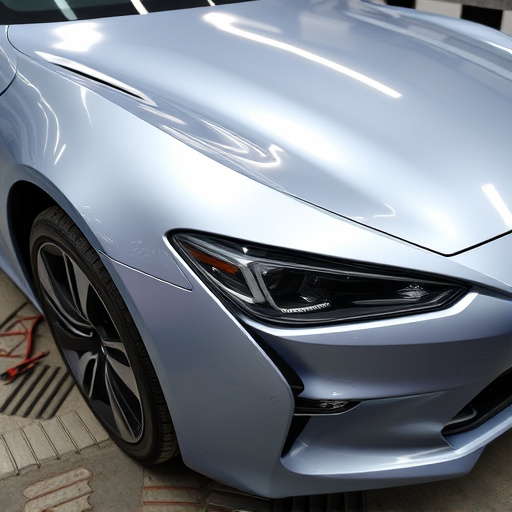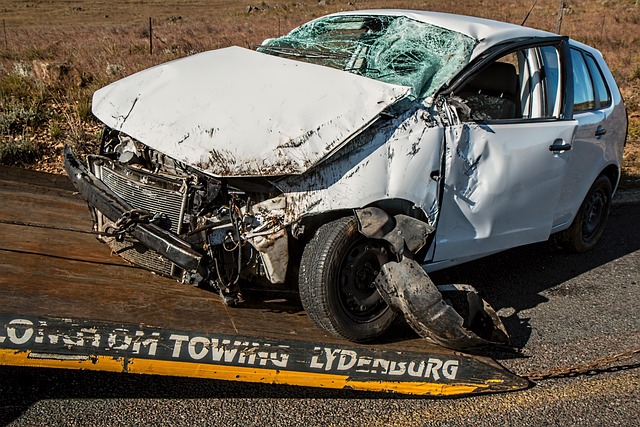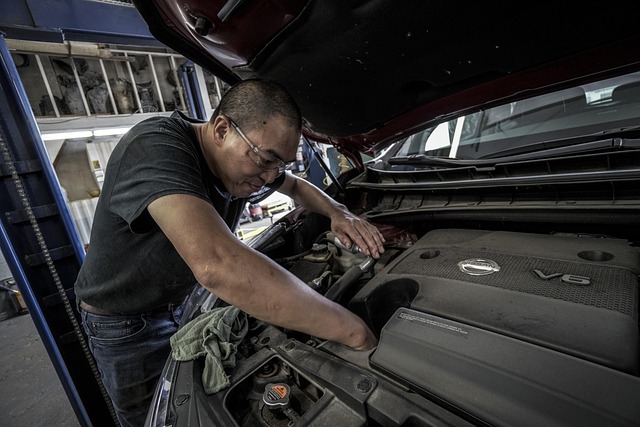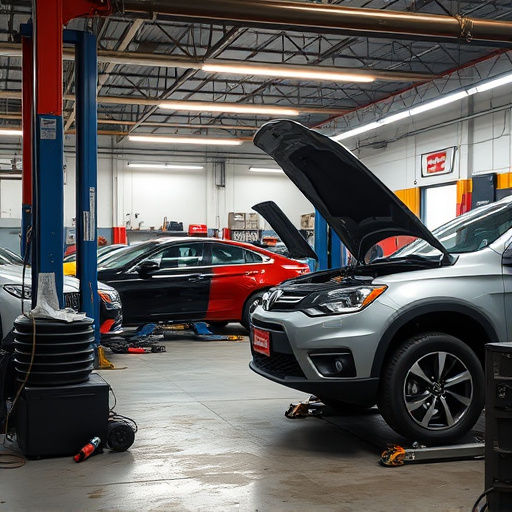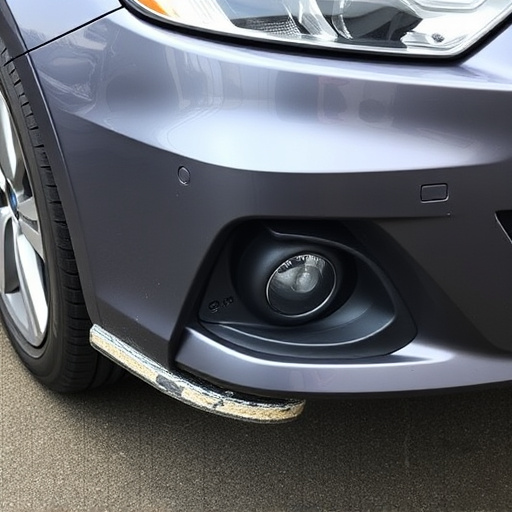Hail damage dent repair involves systematic assessment protocols by skilled technicians using specialized tools to accurately measure and document damage. Reputable collision centers employ precision techniques like frame straightening, high-quality auto painting, and comprehensive inspections for thorough repairs, prioritizing quality, customer satisfaction, transparency, and diverse vehicle care options.
When faced with hail damage, navigating the process of dent repair can be daunting. This guide aims to demystify the journey towards a vehicle’s like-new state. We’ll delve into understanding assessment protocols that ensure accurate damage evaluation. Next, explore common repair techniques employed by top dent shops, from traditional methods to innovative solutions. Finally, learn how to maintain quality and customer satisfaction throughout the hail damage dent repair process, ensuring peace of mind.
- Understanding Hail Damage Assessment Protocols
- Common Repair Techniques Used in Dent Shops
- Ensuring Quality and Customer Satisfaction During Repair Process
Understanding Hail Damage Assessment Protocols
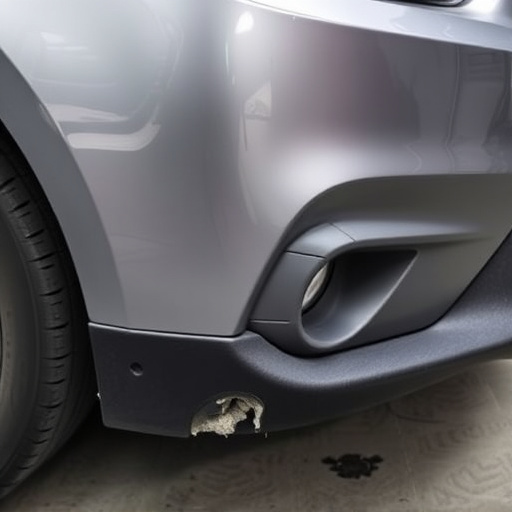
When it comes to assessing hail damage on vehicles, established protocols ensure that repairs are accurate and thorough. These guidelines outline a systematic process for evaluating each panel, identifying impact points, and determining the extent of denting and potential structural compromise. Skilled technicians use specialized tools and techniques to measure and document the damage, ensuring every detail is captured for effective repair. Understanding these assessment protocols is crucial for anyone considering hail damage dent repair from a reputable body shop service, as it assures consistency, quality, and a fair estimate for the necessary car repair services.
Common Repair Techniques Used in Dent Shops
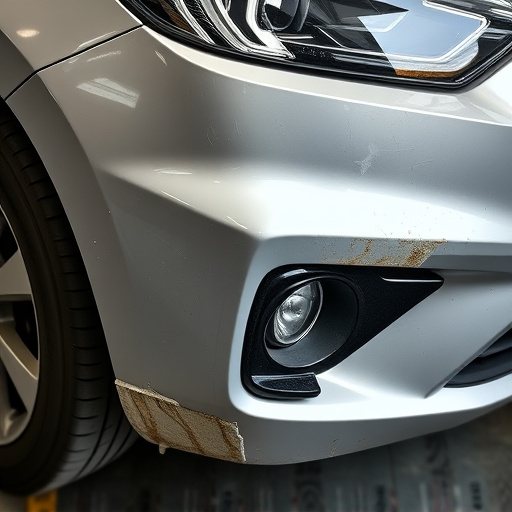
Hail damage dent repair shops employ a variety of techniques to restore vehicles to their pre-damaged condition. One common method is frame straightening, where specialized equipment adjusts and realigns bent metal panels, returning them to their original shape. This ensures not only cosmetic repairs but also maintains the structural integrity of the vehicle.
Following frame straightening, auto painting is often required to match the exact color and finish of the car’s original paint job. Skilled technicians use high-quality paints and advanced application techniques to fill in dents, smooth out surfaces, and provide a durable, seamless finish. Auto maintenance professionals also inspect other components for any related damage, ensuring a thorough and comprehensive hail damage dent repair process.
Ensuring Quality and Customer Satisfaction During Repair Process
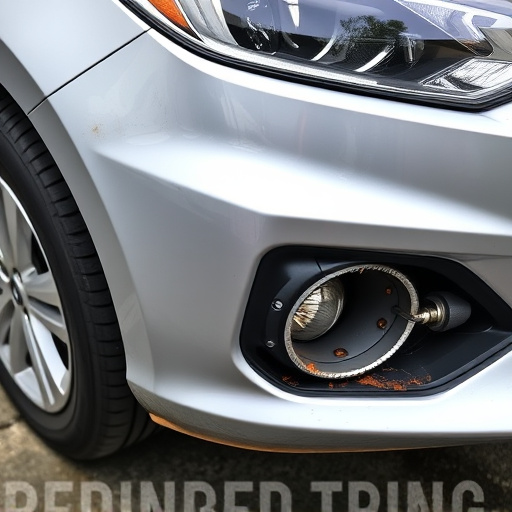
When it comes to hail damage dent repair, quality and customer satisfaction should be at the forefront of any reputable shop’s focus. Reputable collision centers understand that addressing dents and dings caused by hailstorms requires precision and expertise. They invest in highly skilled technicians who are trained to handle various vehicle dent repair tasks, ensuring every repair meets or exceeds industry standards.
To guarantee customer satisfaction, these shops prioritize clear communication throughout the process. They’ll assess the extent of the hail damage, provide transparent estimates, and keep clients informed about each step, from prep work to final touches. Moreover, they offer options for different budgets and preferences, ensuring clients feel involved in the decision-making process. For luxury vehicle owners, like those of Mercedes-Benz, these shops can cater to specific needs, combining meticulous craftsmanship with specialized care to restore their vehicles to pre-hail condition.
When it comes to hail damage dent repair, understanding the assessment protocols, familiarizing yourself with common repair techniques, and prioritizing quality and customer satisfaction are key. By choosing a reputable shop that adheres to industry standards, you can ensure your vehicle returns to its pre-damaged condition. Remember, proper repairs not only restore the aesthetics of your car but also maintain its structural integrity.
